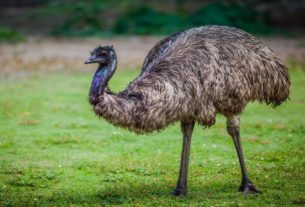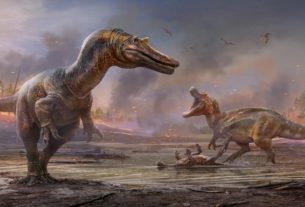A team of paleontologists describes the discovery of a baby mummified woolly mammoth in the traditional territory of the Trʼondëk Hwëchʼin, in the Yukon (Canada). The perfectly preserved remains of the young female were found by a gold digger. She was named Nun cho ga, which translates to “big baby animal” in the local language.
In June 2021, a young miner from the Trʼondëk Hwëchʼin Indigenous community working near Eureka Creek, south of Dawson City, came across the remains of an animal while digging in permafrost (frozen ground over very long periods). Paleontologist Grant Zazula, called urgently by the Treadstone Mining company which employed the young man, then confirmed that it was a young woolly mammoth (Mammuthus primigenius), and not just any.
An exceptional discovery
It is indeed the most complete ever discovered in North America, and one of the most incredible Ice Age mummified animals ever discovered in the world. The nails, the skin, the hair, the trunk… everything is still there, even the intestines sheltering the remains of his last meal (mainly grass).
According to the analyzes, it was a female. The animal evolved in the region around 30,000 years ago alongside wild horses, cave lions and other bison. Yukon government paleontologist Dr. Grant Zazula said the baby mammoth was probably out grazing with its mother when it ventured a little too far, only to end up stuck in the mud.
The Yukon is renowned for its ice age fossil reserve. A few years ago, a team notably came across the mummified remains of a young caribou (reindeer) and a wolf cub on the same territory. Both specimens are said to feature some of the oldest mummified mammalian soft tissue in the world.
Finally, remember that the Yukon was one of the last strongholds of woolly mammoths. Indeed, not all mammoth populations died out at the same time. We know that the last evolved on Wrangel Island (northern Russia) until about 4,000 years ago. However, until recently we thought most of these giants died out around 10,000 years ago, both in Eurasia and North America.
A study based on DNA isolated from permafrost flasks told us a few years ago that woolly mammoths may actually have persisted in the Yukon until around 5,000 years ago.




